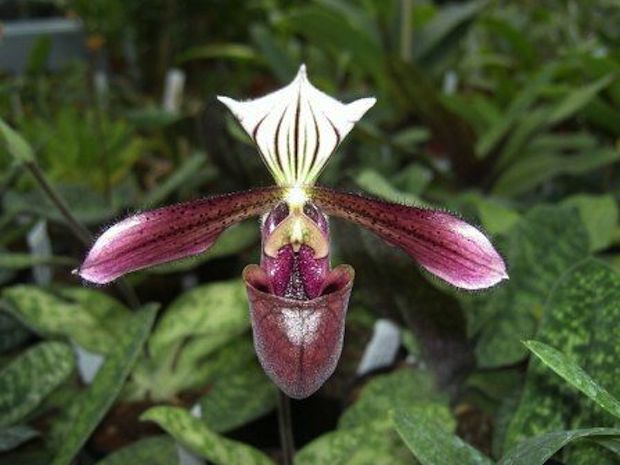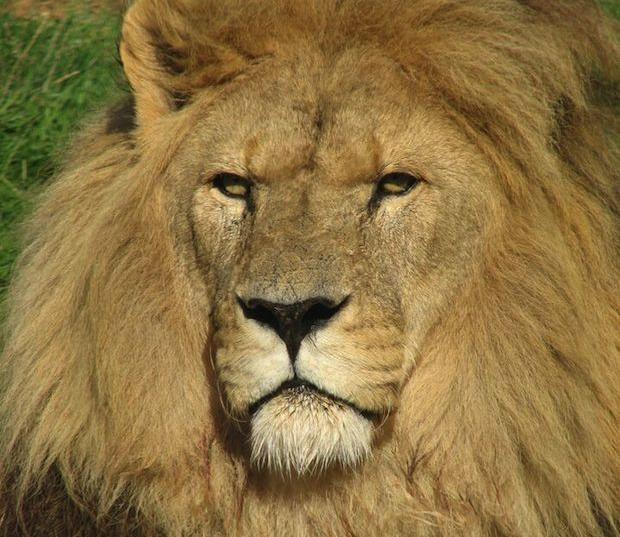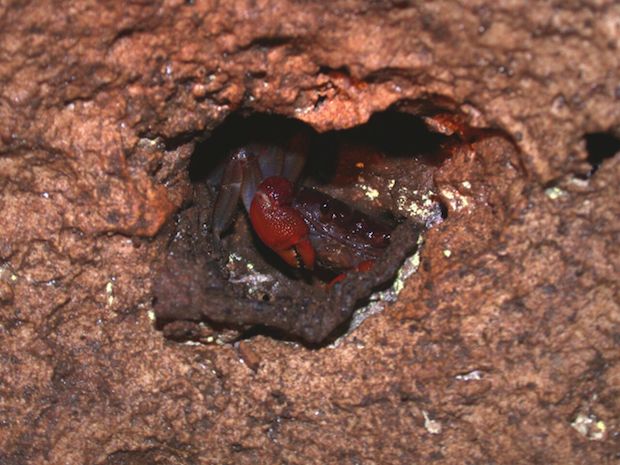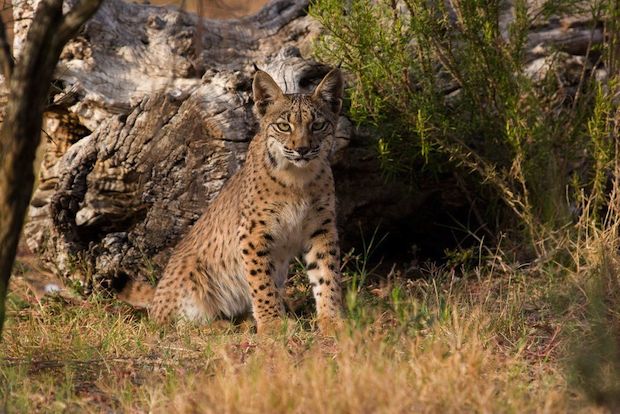Sea lions, orchids among hundreds downgraded on threatened species list
One of the world's rarest sea lions, a reclusive cat and some of the most beautiful orchids are among hundreds whose status worsened under the latest update to the IUCN Red List of Threatened Species, a biannual count released on Monday that gives a snapshot of the world's biodiversity.
The Red List now includes 77,340 assessed species, of which 22,784 are threatened with extinction, up 371 from November. The increase comprises 100 new species listed as critically endangered, 184 endangered and 87 vulnerable. Some were up- or downgraded, while most were not previously assessed.
Habitat loss was the main reason for species decline, along with over-collection of valuable plants. The IUCN also said the illegal wildlife trade and invasive species were blamed for putting many species on the list.
It wasn't all bad news. Thirty-seven species saw their status upgraded, including the the Iberian lynx and the Guadalupe Fur Seal.
"This IUCN Red List update confirms that effective conservation can yield outstanding results. Saving the Iberian Lynx from the brink of extinction while securing the livelihoods of local communities is a perfect example," IUCN Director General Inger Andersen said in a statement. "But this update is also a wakeup call, reminding us that our natural world is becoming increasingly vulnerable. The international community must urgently step up conservation efforts if we want to secure this fascinating diversity of life that sustains, inspires and amazes us every day."
Species on the decline
Based on the latest update, the extremely reclusive African Golden Cat (Caracal aurata) moved from near threatened to vulnerable due to population decline. The New Zealand Sea Lion (Phocarctos hookeri) moved from vulnerable to endangered, mainly due to disease, habitat modification caused by fishing, and death from being caught in fishing nets.
And despite some successes in southern Africa, the lion (Panthera leo) remains listed as vulnerable at a global level due to declines in other regions. The West African subpopulation has been listed as critically endangered due to habitat conversion, a decline in prey caused by unsustainable hunting, and human-lion conflict. Rapid declines have also been recorded in East Africa - historically a stronghold for lions - mainly due to human-lion conflict and prey decline.
Trade in bones and other body parts for traditional medicine, both within the region and in Asia, has been identified as a new, emerging threat to lions.
Two species of crab, Karstama balicum and Karstama emdi, have been listed as critically endangered as their only known habitat - Bali's Giri Putri Cave - is threatened by increasing tourism and religious ceremonies carried out in the cave.
In the Caribbean, 19 species of the tiny goby fish are threatened with extinction - mainly due to a 59 percent decline in coral reef habitat between 1979 and 2011, and increase in numbers of invasive Lionfish (Pterois volitans). Gobies are of the largest families of marine fish comprising more than 2,000 species, including some of the smallest vertebrates in the world, such as the critically endangered Dwarf Pygmy Goby (Pandaka pygmaea), which is only 1 to 1.5 cm long.
On the plant front, 99 percent of all 84 species of tropical Asian slipper orchid - known for their slipper-like pouches - are threatened with extinction, primarily due to over-collection for horticultural purposes and habitat loss. The Purple Paphiopedilum (Paphiopedilum purpuratum), a rare species found in Vietnam, China and Hong Kong, is listed as critically endangered.
Forty-four Indian species of medicinal plant also have been added to the Red List in this update. All are threatened with extinction, mainly due to over-collection and habitat loss. Aconitum chasmanthum, a highly toxic plant endemic to the Himalayan region of India and Pakistan, is listed as critically endangered due to unsustainable collection of tubers and roots, as well as habitat loss from avalanches and the construction of high-altitude roads. The roots and tubers, which contain alkaloids, are used in Ayurvedic and homeopathic medicine and are collected in huge quantities.
Good news
Following six decades of decline, the population of the Iberian lynx (Lynx pardinus) increased from 52 mature individuals in 2002 to 156 in 2012 in southwestern Spain and southeastern Portugal. The species has now moved from the critically endangered to endangered. Their numbers rose in part from the restoration of rabbit populations - its main prey species. Schemes that awarded landowners compensation also helped, since the land was made more hospital for the lynx.
"This is fantastic news for the Iberian Lynx, and excellent proof that conservation action really works," Urs Breitenmoser, co-chair of the IUCN Species Survival Commission's Cat Specialist Group, said in a statement. "However, the job is far from finished and we must continue our conservation efforts to secure future range expansion and population growth of the species."
The Guadalupe Fur Seal (Arctocephalus townsendi), which was twice thought to be extinct due to hunting in the late 1800s and 1920s, also has now improved in status. It has moved from the near threatened to least concerned thanks to habitat protection and the enforcement of laws such as the USA Marine Mammal Protection Act. The species' population rebounded from some 200 to 500 individuals in the 1950s to around 20,000 in 2010.



